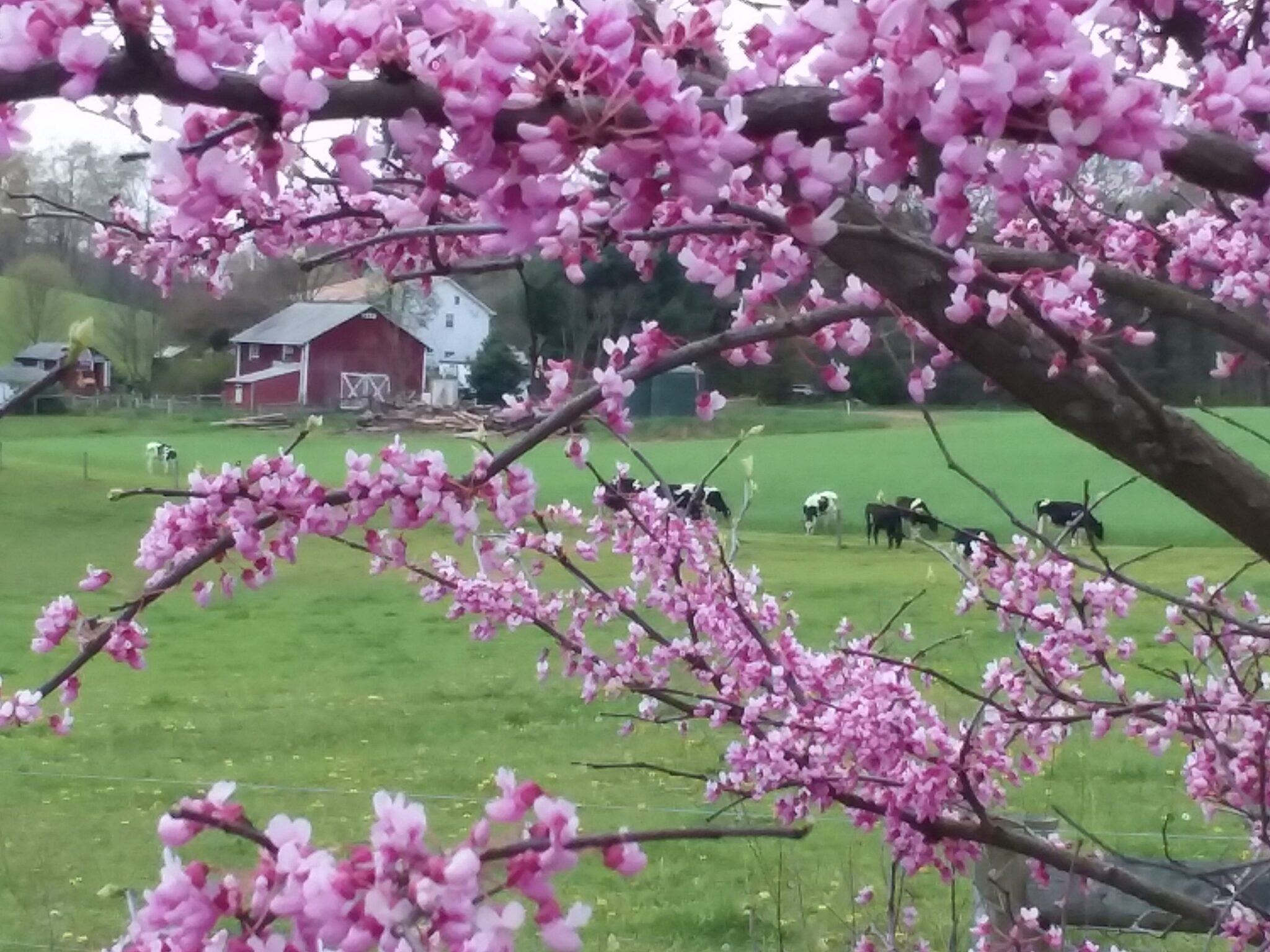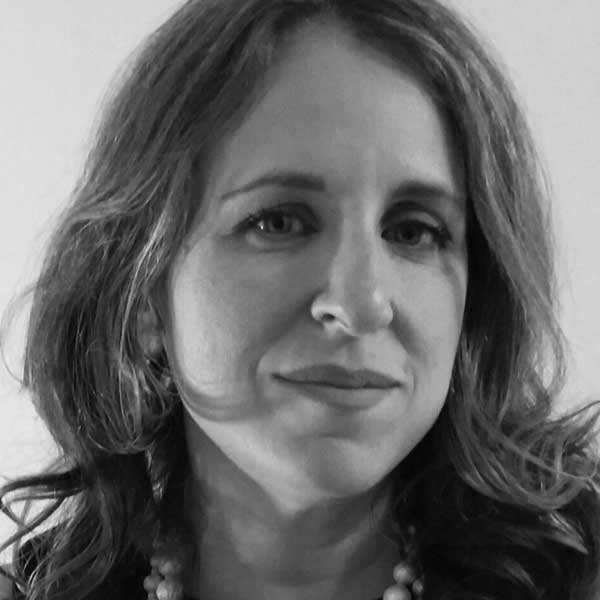
Of struggling dairy farmers and spilled milk
Farmers in Postindustrial America want to get food to people who need it most. Here's why it's not that simple.
~
By Kimberly Palmiero
Dairyman Ron Learn has held onto his fifth-generation family business through feed shortages, the rise of almond milk, and economic downturns.
Last month, he dumped about 6,600 gallons of raw milk — six days’ worth — from his Blossom Hollow Farm in Indiana County, Pa. because his processor couldn’t sell it.
“We were just getting the herd back up after the last two disastrous years,” Learn said. “Because of feed shortages, we had to sell off cows for cash. The weather (the last couple of years) was bad for crops in volume and quality.”
Across Postindustrial America, in Pennsylvania, in Ohio, in Kentucky, in Wisconsin, dairy farmers are dumping thousands of gallons of milk they cannot distribute because demand has plummeted in many regions, due to the restaurant and school closures.
Images of farmers dumping milk are at odds with crushing demand at food banks, with miles-long lines of people waiting in vehicles and amid jobless rates that rival the Great Depression.
But it’s because the supply chain that worked pre-pandemic is now broken. It costs money to process, package, and distribute milk quickly. Learn said his processor, Pittsburgh-based Schneider’s Dairy, couldn’t easily bring the milk his farm provided to market.
Schneider’s purchases, processes, and distributes milk, working with more than three dozen farmers. Company President Bill Schneider told WTAE that the decision to dump milk was “heartbreaking” but that dumping costs less than processing milk.
~
“Cows aren’t like people, they can’t stop working and go on unemployment. They’re still going to keep doing what they’re doing."
The herd at Blossom Hollow Farms in rural Indiana County, Pa.
Ron Learn, fifth-generation dairy farmer.
But it’s because the supply chain that worked pre-pandemic is now broken. It costs money to process, package, and distribute milk quickly. Learn said his processor, Pittsburgh-based Schneider’s Dairy, couldn’t easily bring the milk his farm provided to market.
Schneider’s purchases, processes, and distributes milk, working with more than three dozen farmers. Company President Bill Schneider told WTAE that the decision to dump milk was “heartbreaking” but that dumping costs less than processing milk.
The U.S. Department of Agriculture announced programs last month to buy dairy commodities and redistribute to food banks as well as direct aid to farmers, starting this month. This will help — but it’s not quick enough.
“Cows aren’t like people, they can’t stop working and go on unemployment. They’re still going to keep doing what they’re doing,” said Joe Diamond, a regional director for the Pennsylvania Farm Bureau. “We can close a factory and lay people off and nothing is going to happen.
“Cows don’t stop producing.”
“What has happened because schools have closed, restaurants are closed, places that would be using fluid milk, they’re not open. Everyone is getting some takeout but when you order takeout, who orders a glass of milk to go with it? Nobody, that’s who.
The pandemic deals a blow to an industry already struggling: A recent USDA report shows the largest decline in the number of dairy operations in more than a decade.
Yet some local organizations are figuring out ways to bring milk to the people who need it most.
On Saturday, the Blair County Farm Bureau and the American Dairy Association Northeast gave away 3,000 gallons of milk at Delgrosso’s Park, located in central Pennsylvania. First come, first serve.
That was after they donated about 800 gallons to about eight local charities last week. Dairy Farmers of America donated the milk.
“This milk would have been dumped and not able to be used because of the lack of demand,” Diamond said.
Diamond began contacting local food banks. “We want to make sure we get it to the right places but we wanted to see that those in need are going to get it.”
Back in Indiana County, the county farm bureau began accepting donations from the public, which they then put towards processing milk to donate to the Indiana County Community Action Program to distribute to those in need.
So far, they’ve received more than $4,500, said Ed Rising, president of the county farm bureau. The Farm Bureau showcases donations through its Facebook page.
What’s next for small farmers? Learn doesn’t intend to give up. The farm has been in his family since 1920 when his great-grandfather started the business, about 300 acres of rolling, bucolic property (see snaps on Twitter @Ron Learn @Blossom Hollow Farm). They worked hard to rebuild the herd — milking 120 Holsteins and Jersey crossbreds a day.


